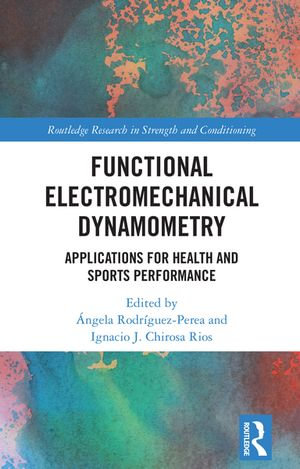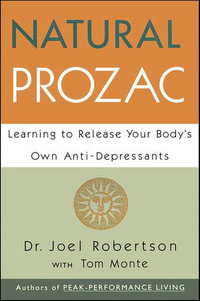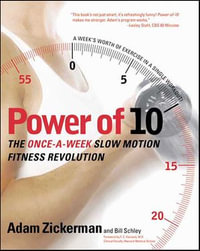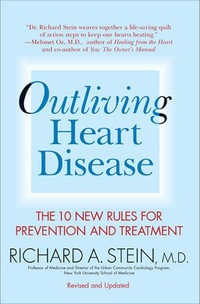
Functional Electromechanical Dynamometry
Applications for Health and Sports Performance
eText | 29 April 2025 | Edition Number 1
At a Glance
eText
$81.39
or
Available: 29th April 2025
Preorder. Online access available after release.
Read online on
Desktop
Tablet
Mobile
Not downloadable to your eReader or an app
Why choose an eTextbook?
Instant Access *
Purchase and read your book immediately
Read Aloud
Listen and follow along as Bookshelf reads to you
Study Tools
Built-in study tools like highlights and more
* eTextbooks are not downloadable to your eReader or an app and can be accessed via web browsers only. You must be connected to the internet and have no technical issues with your device or browser that could prevent the eTextbook from operating.
ISBN: 9781040335505
ISBN-10: 1040335500
Series: Routledge Research in Strength and Conditioning
Available: 29th April 2025
Format: ePUB
Language: English
Publisher: Taylor & Francis
Edition Number: 1
You Can Find This eBook In
This product is categorised by
- Non-FictionMedicinePre-Clinical Medicine & Basic SciencesPhysiologyBiomechanics, Human Kinetics
- Non-FictionFamily & HealthFitness & DietExercise & Workout Books
- Non-FictionSports & Recreation
- Non-FictionEducationTeaching of a Specific Subject
- Non-FictionMedicinePre-Clinical Medicine & Basic SciencesPhysiology
























